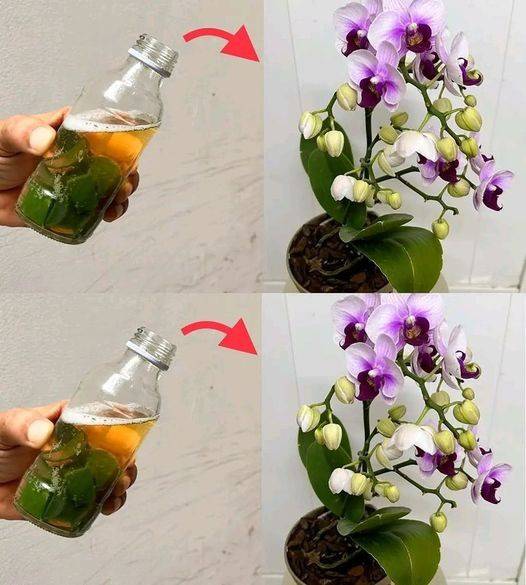Choose the right orchid. Some orchids are easier to bloom than others. Phalaenopsis, for example, are a good option for beginners.
Provide suitable growing conditions. Orchids have specific requirements for light, humidity and temperature. Know the needs of your orchid variety to provide it with optimal conditions.
Water your orchid properly. Orchids should not be overwatered as this can cause root rot. Water your orchid when the substrate is dry to the touch.
Fertilize your orchid regularly. Orchids need a fertilizer rich in phosphorus to promote flowering. Fertilize your orchid with orchid fertilizer once a month during the growing season.
Transplant your orchid regularly. Orchids need a new pot when the roots begin to grow out of the current pot. Transplant your orchid to a slightly larger pot when necessary.
Take breaks. Orchids need a rest period after flowering. During this period, reduce watering and fertilizer.
Prune your orchid. After flowering, cut off the faded flower stems at the base. This will encourage the growth of new flower stems.
Take care of possible problems. Orchids can be prone to certain problems, such as diseases, pests, and nutrient deficiencies. Monitor your orchid carefully for any problems and treat it promptly.
continued on page 2

